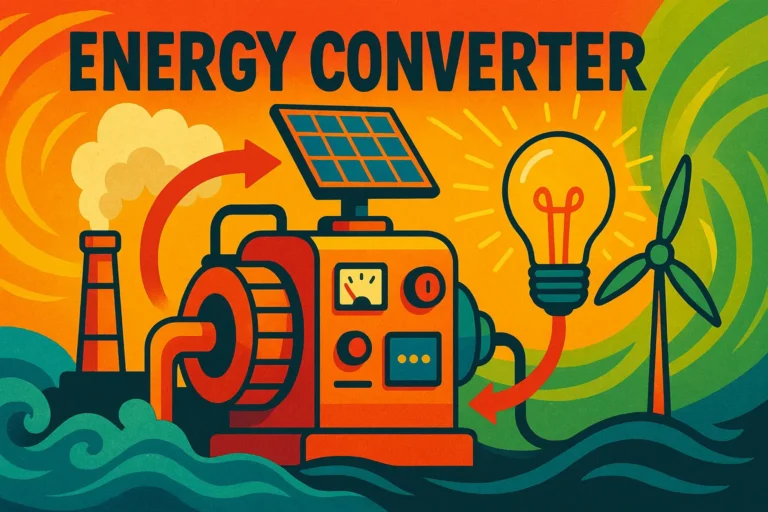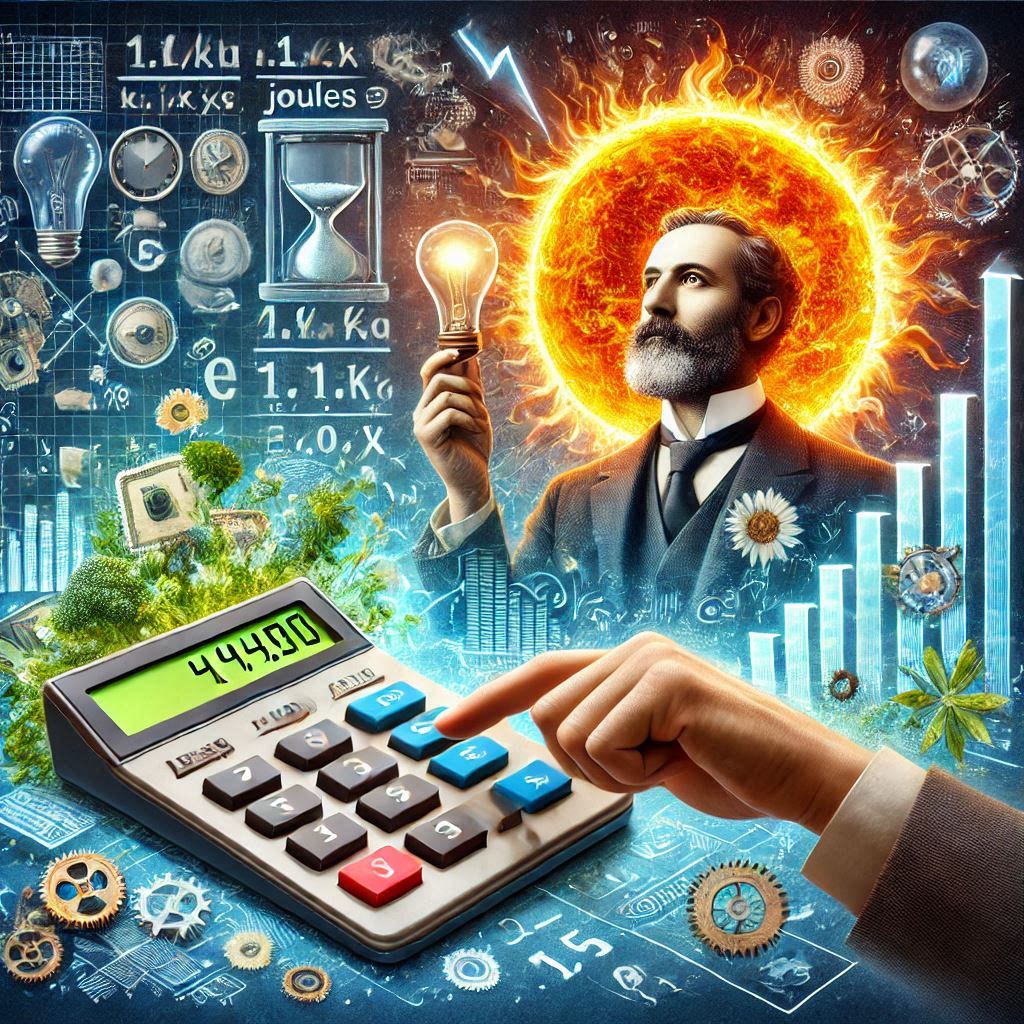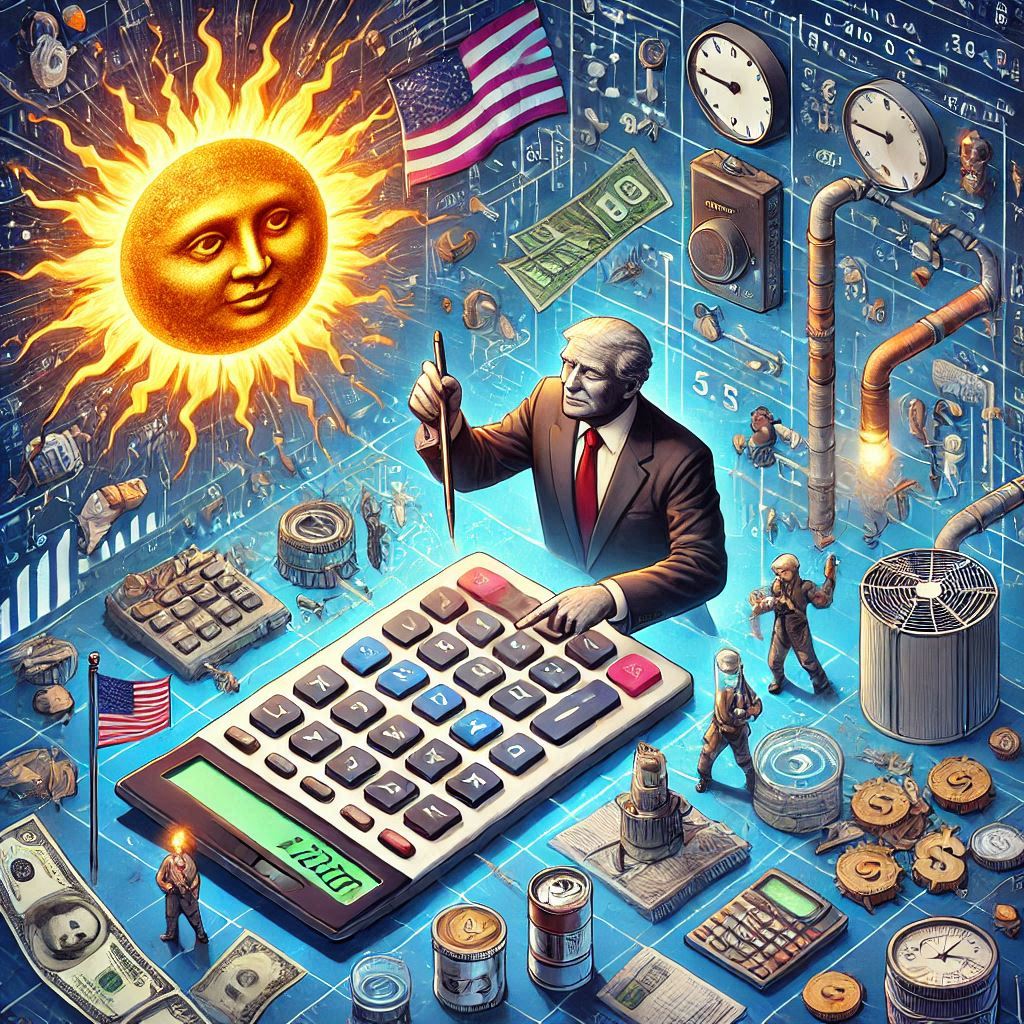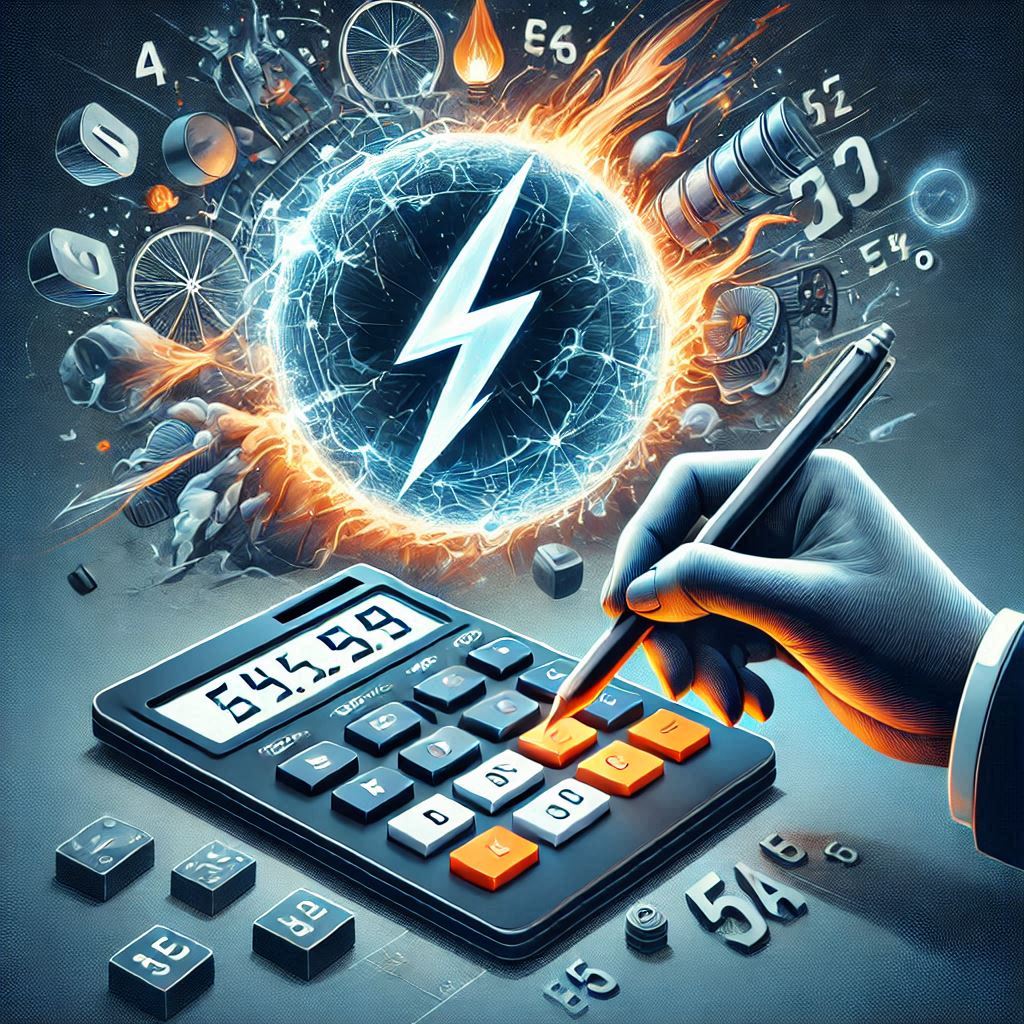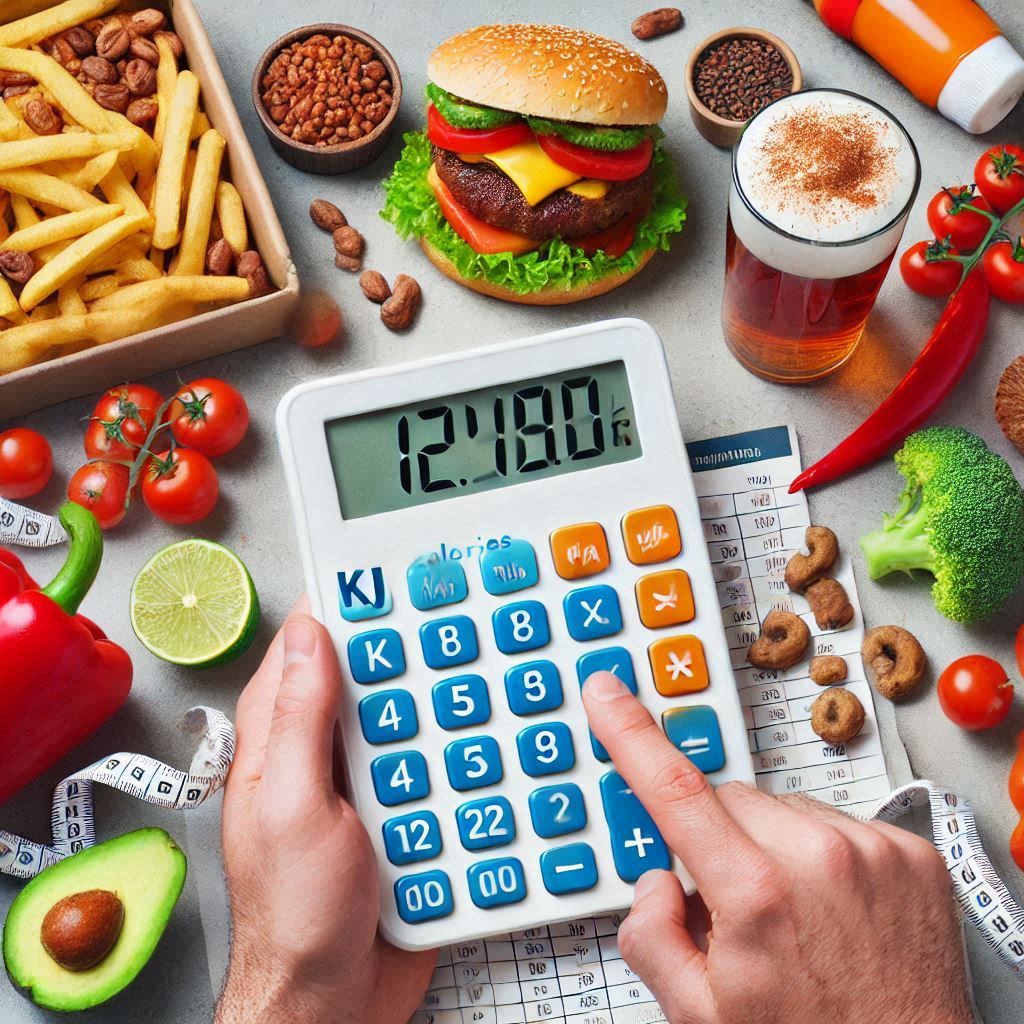Energy Converter
Welcome to the comprehensive energy converter designed for converting between joules, calories, kilocalories, BTU, kilowatt-hours, and all major energy units. Perfect for physics students, engineers, nutritionists, HVAC professionals, and anyone working with energy calculations across different measurement systems.
Universal Energy Converter
Convert Any Energy Unit Instantly
Select your units and enter a value to convert between all major energy measurements.
Conversion Result
Quick Conversions
Common Energy Conversions
1 Joule
1 Calorie
1 kWh
1 BTU
Energy Conversion Formulas
Joules to Calories
\[ \text{Calories} = \text{Joules} \times 0.239006 \]
Example: 100 J = 100 × 0.239006 = 23.90 cal
Kilocalories to Kilojoules
\[ \text{Kilojoules} = \text{Kilocalories} \times 4.184 \]
Example: 500 kcal = 500 × 4.184 = 2,092 kJ
Kilowatt-Hours to Joules
\[ \text{Joules} = \text{kWh} \times 3.6 \times 10^6 \]
Example: 1 kWh = 1 × 3,600,000 = 3.6 MJ
Understanding Energy Units
Joule (J)
The joule is the SI unit of energy, named after James Prescott Joule. One joule is the energy transferred when one newton of force moves an object one meter. It's also equivalent to one watt-second. Joules are used in physics, engineering, and scientific calculations worldwide. The joule is a small unit—a typical person walking up stairs uses hundreds of thousands of joules.
Calorie (cal) and Kilocalorie (kcal)
A calorie is the amount of energy needed to raise the temperature of one gram of water by one degree Celsius. The dietary "Calorie" (with capital C) is actually a kilocalorie (1,000 calories). Food labels showing "Calories" refer to kilocalories. One kilocalorie equals 4,184 joules. This unit is fundamental in nutrition, dietetics, and metabolism studies.
Kilowatt-Hour (kWh)
The kilowatt-hour is a unit of energy equal to one kilowatt of power sustained for one hour. It's the standard unit for electrical energy billing. One kWh equals 3.6 megajoules or approximately 860 kilocalories. Your electricity meter measures consumption in kWh, making it the most familiar energy unit for most people.
British Thermal Unit (BTU)
The BTU is the amount of energy needed to raise the temperature of one pound of water by one degree Fahrenheit. Commonly used in the United States for heating and air conditioning systems. One BTU equals approximately 1,055 joules. HVAC systems, furnaces, and air conditioners are rated in BTU per hour.
Electron Volt (eV)
An electron volt is the amount of kinetic energy gained by a single electron accelerating through an electric potential difference of one volt. It's an extremely small unit used in atomic and nuclear physics. One electron volt equals approximately 1.602 × 10⁻¹⁹ joules. This unit is essential in particle physics and quantum mechanics.
Comprehensive Conversion Tables
SI Energy Units
| Unit | Joules | Calories | kWh |
|---|---|---|---|
| 1 Joule | 1 J | 0.239 cal | 2.78×10⁻⁷ kWh |
| 1 Kilojoule | 1,000 J | 239 cal | 2.78×10⁻⁴ kWh |
| 1 Megajoule | 1,000,000 J | 239,006 cal | 0.278 kWh |
| 1 Gigajoule | 1×10⁹ J | 2.39×10⁸ cal | 277.8 kWh |
Calorie and Food Energy
| Unit | Joules | Kilocalories | kWh |
|---|---|---|---|
| 1 Calorie (small) | 4.184 J | 0.001 kcal | 1.16×10⁻⁶ kWh |
| 1 Kilocalorie (dietary) | 4,184 J | 1 kcal | 0.00116 kWh |
| 100 Kilocalories | 418,400 J | 100 kcal | 0.116 kWh |
| 2,000 Kilocalories | 8.368×10⁶ J | 2,000 kcal | 2.326 kWh |
Electrical and Mechanical Energy
| Unit | Joules | BTU | kWh |
|---|---|---|---|
| 1 Watt-hour | 3,600 J | 3.412 BTU | 0.001 kWh |
| 1 Kilowatt-hour | 3.6×10⁶ J | 3,412 BTU | 1 kWh |
| 1 BTU | 1,055 J | 1 BTU | 2.93×10⁻⁴ kWh |
| 1 Therm | 1.055×10⁸ J | 100,000 BTU | 29.3 kWh |
Practical Conversion Examples
Example 1: Food Energy to Joules
A chocolate bar contains 250 kilocalories. Convert to joules.
\[ 250 \text{ kcal} \times 4,184 = 1,046,000 \text{ J} = 1.046 \text{ MJ} \]
Result: 250 kcal = 1.046 megajoules
Example 2: Electricity Bill Calculation
A household uses 500 kWh in a month. Convert to megajoules.
\[ 500 \text{ kWh} \times 3.6 = 1,800 \text{ MJ} \]
Result: 500 kWh = 1,800 megajoules
Example 3: HVAC System Rating
An air conditioner is rated at 12,000 BTU/hr. Convert to kilowatts.
\[ 12,000 \text{ BTU} = 12,000 \times 1,055 = 12,660,000 \text{ J} \]
\[ 12,660,000 \text{ J/hr} \div 3,600,000 = 3.52 \text{ kW} \]
Result: 12,000 BTU/hr ≈ 3.52 kW
Applications of Energy Conversion
- Nutrition and Dietetics: Converting between kilocalories and kilojoules on food labels
- Physics Education: Understanding energy relationships in mechanics, thermodynamics
- Electrical Engineering: Power consumption, battery capacity, electrical billing
- HVAC Industry: Heating and cooling system ratings, efficiency calculations
- Environmental Science: Energy usage analysis, carbon footprint calculations
- Sports Science: Exercise energy expenditure, metabolic equivalent calculations
- Chemistry: Reaction energies, bond energies, thermochemical calculations
- Renewable Energy: Solar panel output, wind turbine generation, energy storage
Energy Conversion Tips
- Food Label Confusion: Dietary "Calories" are kilocalories—verify which unit you're using
- Power vs Energy: Watts measure power (energy per time); joules measure energy
- Context Matters: Small calories vs large Calories (kcal) in nutrition contexts
- BTU Variations: Different BTU definitions exist—International Table BTU is standard
- Precision Requirements: Use exact conversion factors for scientific work
- Temperature Dependence: Some energy definitions vary slightly with temperature
- Check Your Units: Always verify whether you need energy or power measurements
Common Energy Questions
What's the difference between calories and Calories?
A small calorie (cal) is the energy to heat one gram of water by 1°C. A dietary Calorie (Cal or kcal) equals 1,000 small calories. Food labels show Calories (kilocalories), not small calories. This capitalization distinction is crucial but often confusing.
How many joules in a kilowatt-hour?
One kilowatt-hour equals 3.6 million joules (3.6 MJ). This conversion is essential for understanding electricity consumption. A 100-watt light bulb burning for 10 hours uses 1 kWh or 3.6 megajoules of energy.
Why are there so many energy units?
Different energy units evolved for specific applications. Joules suit physics, kilocalories suit nutrition, BTUs suit HVAC, and kWh suits electrical billing. Each unit provides convenient scales for its domain—using joules for food energy would produce unwieldy numbers.
Why Choose RevisionTown for Conversion Tools?
RevisionTown specializes in creating accurate, user-friendly calculators and educational resources for students, professionals, and anyone working with scientific calculations. Our energy converter is designed by expert educators who understand both the mathematics and practical applications across multiple fields.
Whether you're a student learning about energy in IB, AP, GCSE, IGCSE curricula, a nutritionist working with food energy, an engineer calculating power systems, or anyone needing accurate energy conversions, our calculator provides instant results with clear explanations.
Our commitment to educational excellence extends beyond simple conversion—we provide context, formulas, comprehensive tables, and practical understanding. The energy converter exemplifies our approach: support for all major energy units, clear mathematical formulas, extensive reference tables covering nutrition, electrical, and thermal applications, and tools that serve genuine needs in science, engineering, health, and daily life.
About the Author
Adam
Co-Founder at RevisionTown
Math Expert specializing in various curricula including IB, AP, GCSE, IGCSE, and more
Adam brings extensive experience in mathematics education, physics, and practical applications of scientific concepts. His expertise spans international curricula, standardized testing, and real-world problem-solving including thermodynamics, mechanics, and energy systems. With deep understanding of how energy calculations apply across nutrition, engineering, environmental science, and everyday applications, Adam designs calculators and educational content that serve students, educators, professionals, and individuals worldwide. His work at RevisionTown reflects a commitment to accuracy, clarity, and making complex scientific conversions accessible to everyone.
Disclaimer: This energy converter is provided for educational and general purposes. While we strive for maximum accuracy using internationally standardized conversion factors, results should be verified for critical applications such as engineering design, nutritional planning, or commercial transactions. Different energy definitions exist for some units. For professional, medical, or safety-critical applications, consult authoritative references. Conversion factors used: 1 cal = 4.184 J exactly (thermochemical calorie), 1 kWh = 3.6×10⁶ J exactly, 1 BTU (IT) = 1,055.05585 J.

